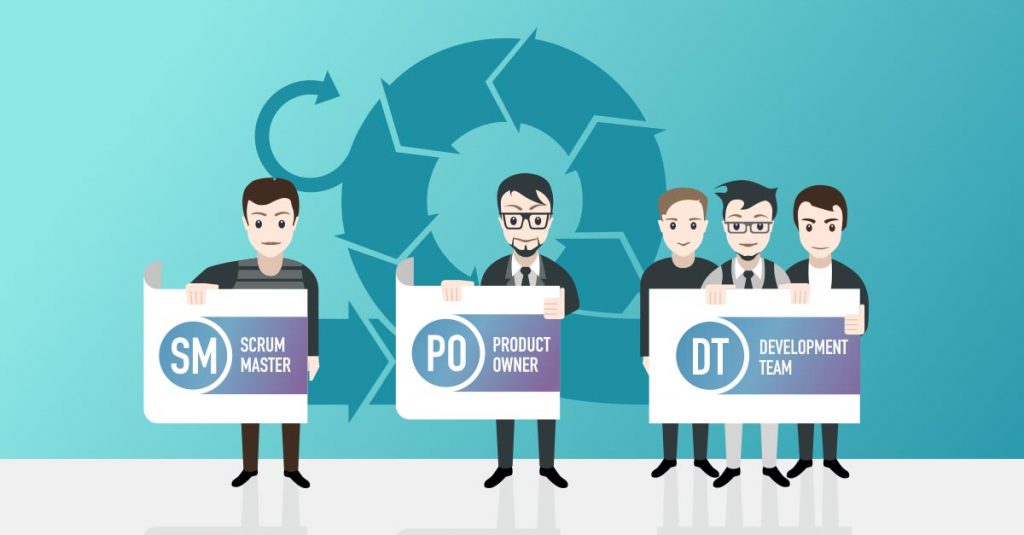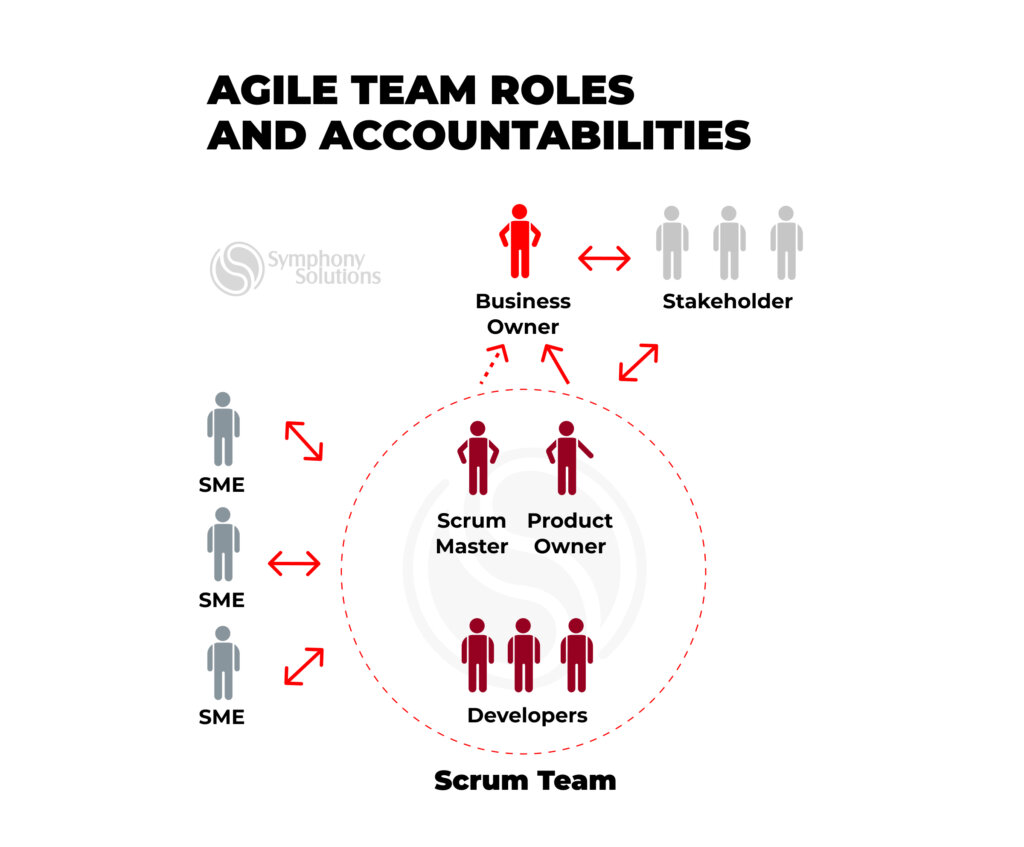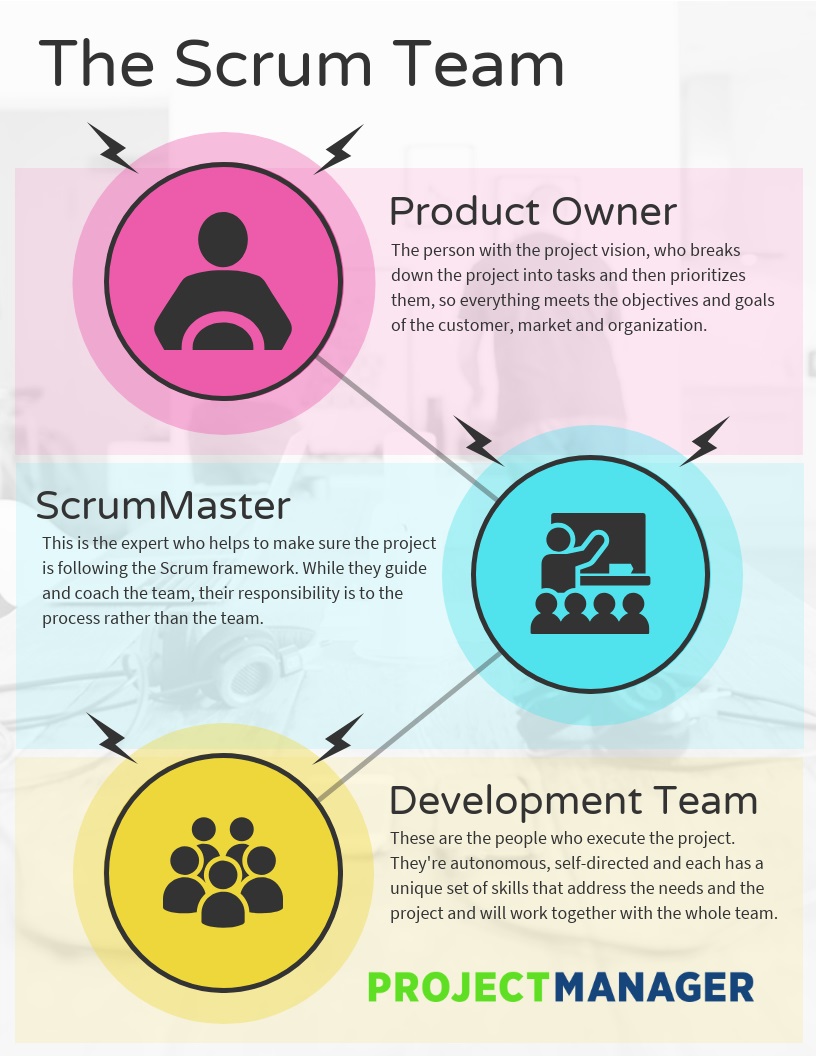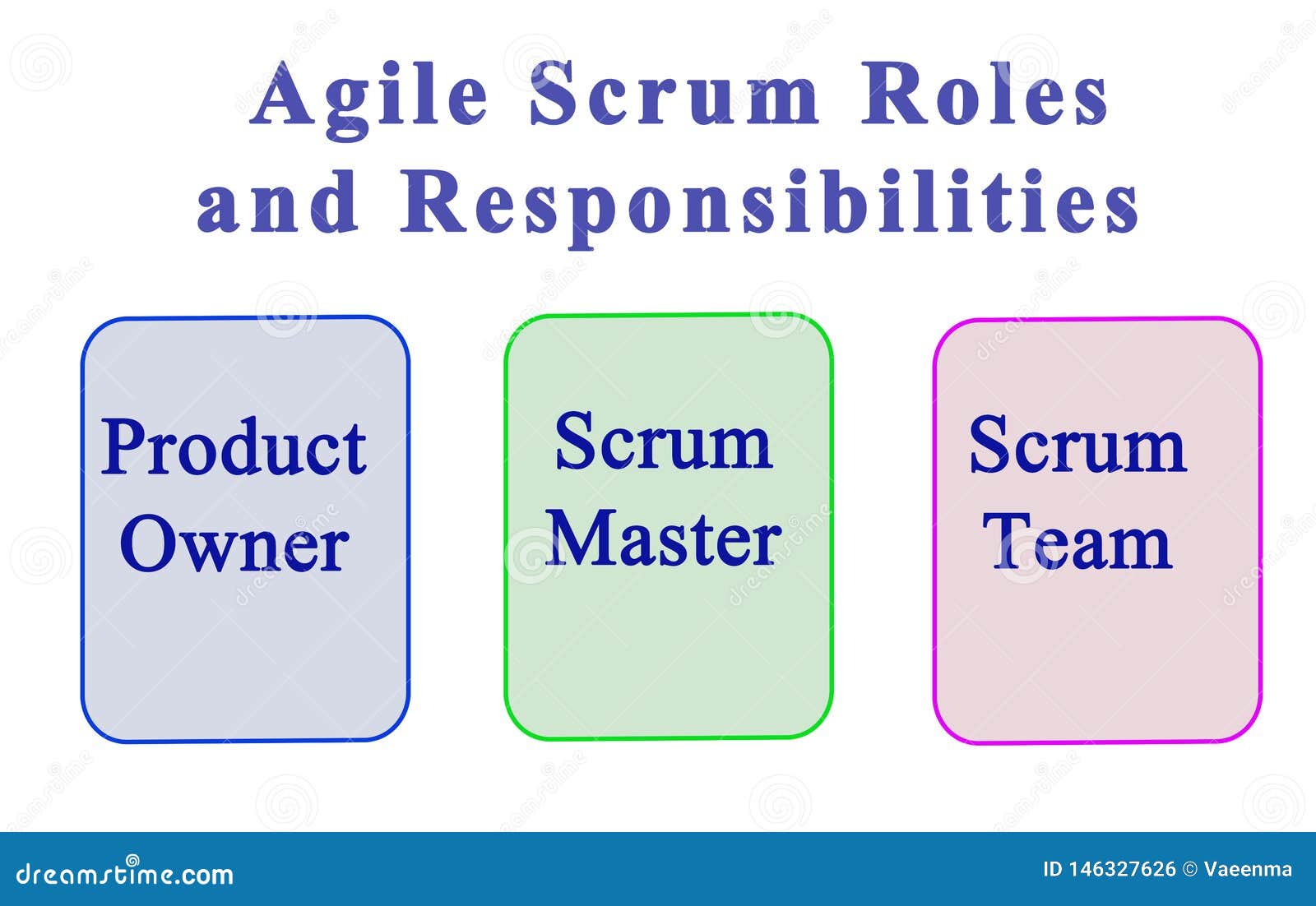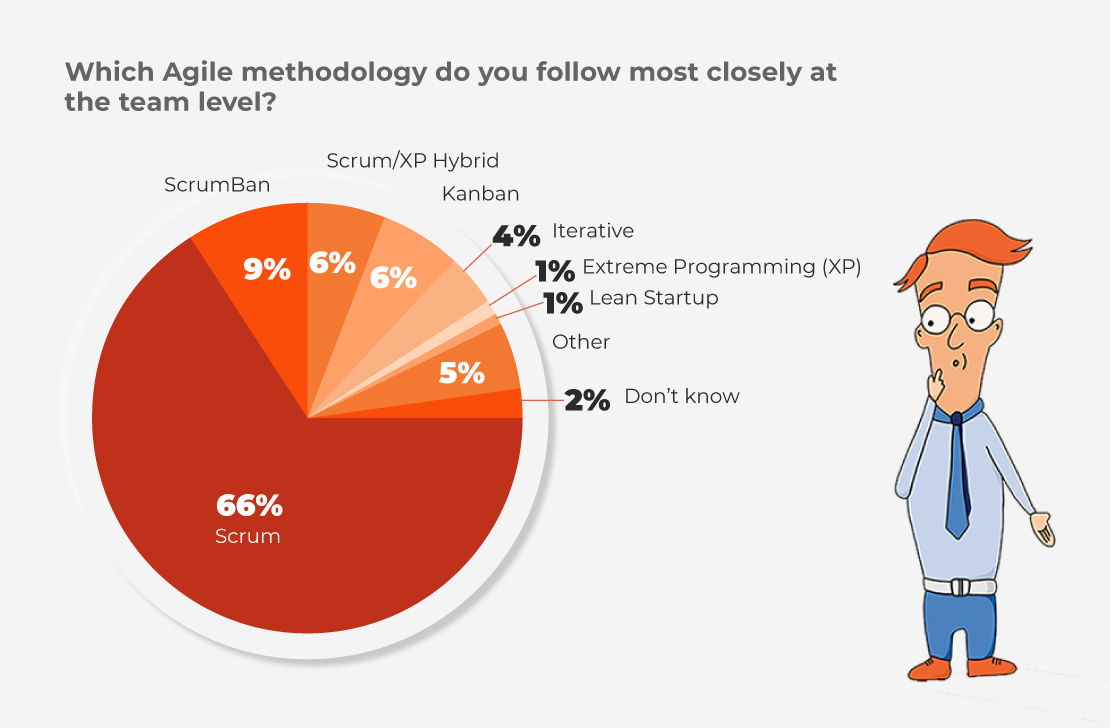The Product Owner: Defining and Prioritizing the Product Backlog
The Product Owner plays a critical role in Scrum Agile methodology, serving as the bridge between the development team and stakeholders. They are responsible for defining and prioritizing the product backlog, ensuring that the team focuses on delivering the most valuable features first. This role requires a deep understanding of customer needs, market trends, and business goals. By effectively prioritizing the product backlog, the Product Owner helps the team maximize the impact of their efforts and deliver a high-quality product that meets stakeholder expectations.
The Scrum Master: Fostering a Collaborative and Productive Environment
The Scrum Master plays a vital role in Scrum Agile methodology, ensuring that the team adheres to the framework and follows Agile principles. They facilitate meetings, such as the Daily Scrum, Sprint Planning, Sprint Review, and Sprint Retrospective, to maintain a smooth workflow and promote transparency. By removing obstacles and encouraging collaboration, the Scrum Master helps the team overcome challenges and maintain a sustainable work pace. Furthermore, they coach the team on Agile principles and best practices, fostering a culture of continuous improvement and learning.
https://www.youtube.com/watch?v=RLFy9BoH6Sw
The Development Team: Collaborating to Deliver High-Quality Products
The Development Team is a crucial element of Scrum Agile roles, comprising cross-functional professionals who collaborate to deliver potentially shippable increments of the product at the end of each sprint. This self-organizing team includes developers, testers, designers, and other necessary roles to ensure a comprehensive approach to product development. The Development Team is responsible for estimating, planning, designing, developing, testing, and deploying the product, working together to ensure a high level of quality and efficiency.
The Development Team thrives on collaboration and communication, working closely with the Product Owner to understand the product backlog and deliver the most valuable features first. By fostering a culture of mutual respect, shared knowledge, and continuous learning, the Development Team can effectively navigate the challenges of complex project development and contribute to the overall success of the Scrum Agile initiative.
Developing Strong Communication Skills: A Key to Scrum Agile Roles Success
Effective communication is a cornerstone of Scrum Agile roles, enabling team members to collaborate, share ideas, and overcome challenges more efficiently. To excel in Scrum Agile roles, team members must develop strong communication skills, which include the ability to articulate thoughts clearly, listen actively, and provide constructive feedback.
Articulating thoughts clearly involves expressing ideas and opinions in a concise, organized manner. This helps ensure that messages are understood and reduces the likelihood of misunderstandings or misinterpretations. Active listening, on the other hand, requires paying full attention to the speaker, asking clarifying questions when necessary, and providing thoughtful responses. Constructive feedback involves offering suggestions for improvement in a positive, respectful manner, fostering a culture of continuous learning and growth.
In addition to these skills, team members should also focus on building trust and rapport with one another. This can be achieved by being open, honest, and transparent in their communication, as well as by demonstrating respect for differing viewpoints and opinions. By cultivating strong communication skills, Scrum Agile teams can work more effectively together, ultimately leading to better project outcomes and increased overall success.
Embracing Collaboration and Teamwork: Keys to Successful Scrum Agile Roles
Scrum Agile thrives on collaboration and teamwork, with team members working closely together to achieve common goals and deliver high-quality products efficiently. To excel in Scrum Agile roles, it’s essential to foster a culture that encourages knowledge sharing, mutual support, and open communication.
One effective way to promote collaboration is to establish a shared understanding of the project goals, objectives, and timelines. This can be achieved through regular meetings, workshops, and other collaborative activities that bring team members together to discuss project-related topics and share ideas. Additionally, cross-functional teams can benefit from job shadowing and pair programming, which allow team members to learn from one another and gain a deeper understanding of the skills and expertise required to deliver a successful product.
Another important aspect of collaboration is building trust and rapport among team members. This can be accomplished by creating a safe and supportive environment where team members feel comfortable sharing their thoughts, opinions, and concerns. Encouraging active listening, respectful communication, and constructive feedback can also help to strengthen relationships and foster a sense of camaraderie among team members. By working together and supporting one another, Scrum Agile teams can overcome challenges, capitalize on strengths, and deliver high-quality products that meet or exceed stakeholder expectations.
Fostering a Learning Mindset: A Key to Success in Scrum Agile Roles
A learning mindset is essential for success in Scrum Agile roles, as it enables team members to continuously improve their skills, adapt to changing requirements, and stay up-to-date on industry trends and best practices. By embracing a growth mindset, team members can view challenges as opportunities for learning and development, rather than obstacles to be avoided.
To foster a learning mindset within a Scrum Agile team, it’s important to create an environment that encourages experimentation, innovation, and knowledge sharing. This can be achieved through various means, such as conducting regular retrospectives, hosting workshops and training sessions, and providing access to relevant resources and materials. Additionally, team members should be encouraged to attend industry conferences, join online communities, and engage in other professional development activities.
Another key aspect of fostering a learning mindset is promoting a culture of openness and psychological safety, where team members feel comfortable sharing their ideas, concerns, and mistakes without fear of judgment or retribution. This can be accomplished by establishing clear communication channels, providing constructive feedback, and actively listening to and addressing team members’ concerns. By creating a supportive and nurturing environment, Scrum Agile teams can unlock their full potential and deliver high-quality products that meet or exceed stakeholder expectations.
Balancing Stakeholder Expectations and Team Capacity: A Delicate Act in Scrum Agile Roles
Striking the right balance between stakeholder expectations and team capacity is a delicate act that requires careful planning, coordination, and communication. Product Owners must prioritize the product backlog effectively, while Scrum Masters and the Development Team must collaborate to ensure a sustainable work pace.
Effective product backlog prioritization involves understanding stakeholder needs, market trends, and business goals, as well as considering the technical complexity and dependencies of the product features. Product Owners must work closely with stakeholders to gather requirements, provide feedback, and manage expectations, while also ensuring that the Development Team has a clear understanding of the priorities and goals. This can be achieved through various means, such as conducting regular backlog refinement sessions, creating and maintaining a clear and concise product roadmap, and establishing clear communication channels.
On the other hand, ensuring a sustainable work pace requires careful planning, estimation, and coordination. The Development Team must work together to estimate the effort required to deliver each product backlog item, taking into account the team’s capacity, velocity, and any potential risks or dependencies. Scrum Masters must facilitate the planning and estimation process, while also removing any obstacles that might hinder the team’s progress. By ensuring a sustainable work pace, Scrum Agile teams can deliver high-quality products on time and within budget, while also avoiding burnout and turnover.
Scaling Scrum Agile for Large Projects: An Overview of Popular Frameworks
As projects grow in size and complexity, scaling Scrum Agile becomes necessary to manage dependencies, coordinate efforts, and ensure consistent delivery. Several popular scaling frameworks have emerged, each with its own approach and benefits. In this section, we will explore three of the most widely used frameworks: SAFe, LeSS, and DaD.
SAFe: The Scaled Agile Framework
SAFe is a comprehensive framework that aims to align multiple Scrum teams to a common vision and roadmap. It introduces new roles, such as Release Train Engineer and Product Management, and defines a set of ceremonies, artifacts, and practices that help teams coordinate and collaborate effectively. SAFe is well-suited for large enterprises that require a high degree of alignment, governance, and predictability.
LeSS: Large-Scale Scrum
LeSS is a lighter-weight framework that extends the Scrum framework to multiple teams. It emphasizes simplicity, transparency, and self-organization, and introduces a few new concepts, such as Requirement Areas and Area Product Owners. LeSS is a good choice for organizations that value simplicity, flexibility, and autonomy, and are willing to invest in building a high-performing Scrum culture.
DaD: Disciplined Agile Delivery
DaD is a hybrid framework that combines Scrum, Lean, and Agile practices with enterprise-grade governance and processes. It offers a wide range of options and guidance for various aspects of software delivery, such as architecture, testing, and deployment. DaD is a suitable choice for organizations that need to balance agility, compliance, and scalability, and are looking for a flexible and adaptable framework.
When selecting a scaling framework, it’s essential to consider the organization’s goals, culture, and constraints, as well as the project’s size, complexity, and risk. Each framework has its own strengths and weaknesses, and may require different levels of investment, training, and support. By carefully evaluating the options and choosing the right framework, organizations can successfully scale Scrum Agile and achieve their desired outcomes.


